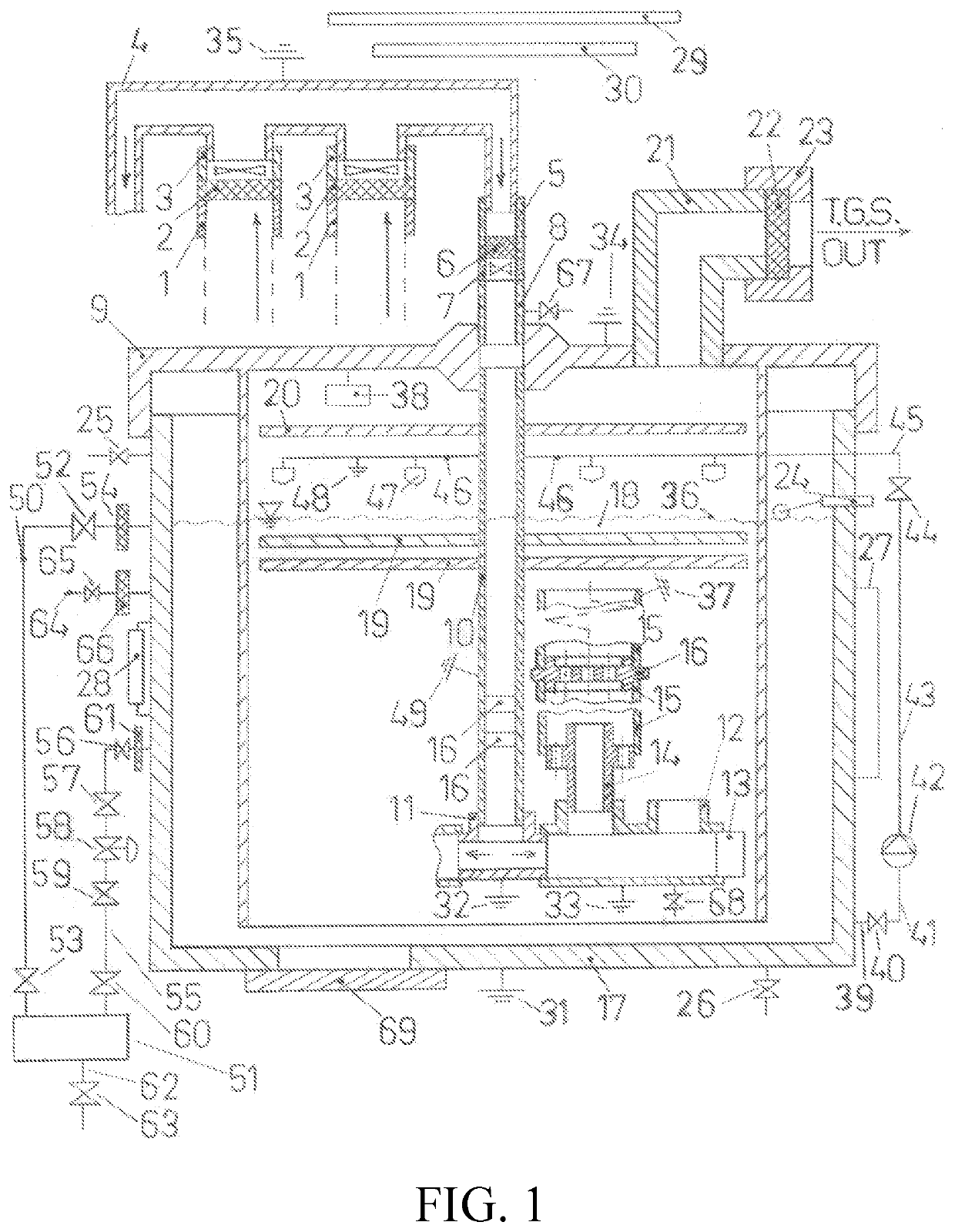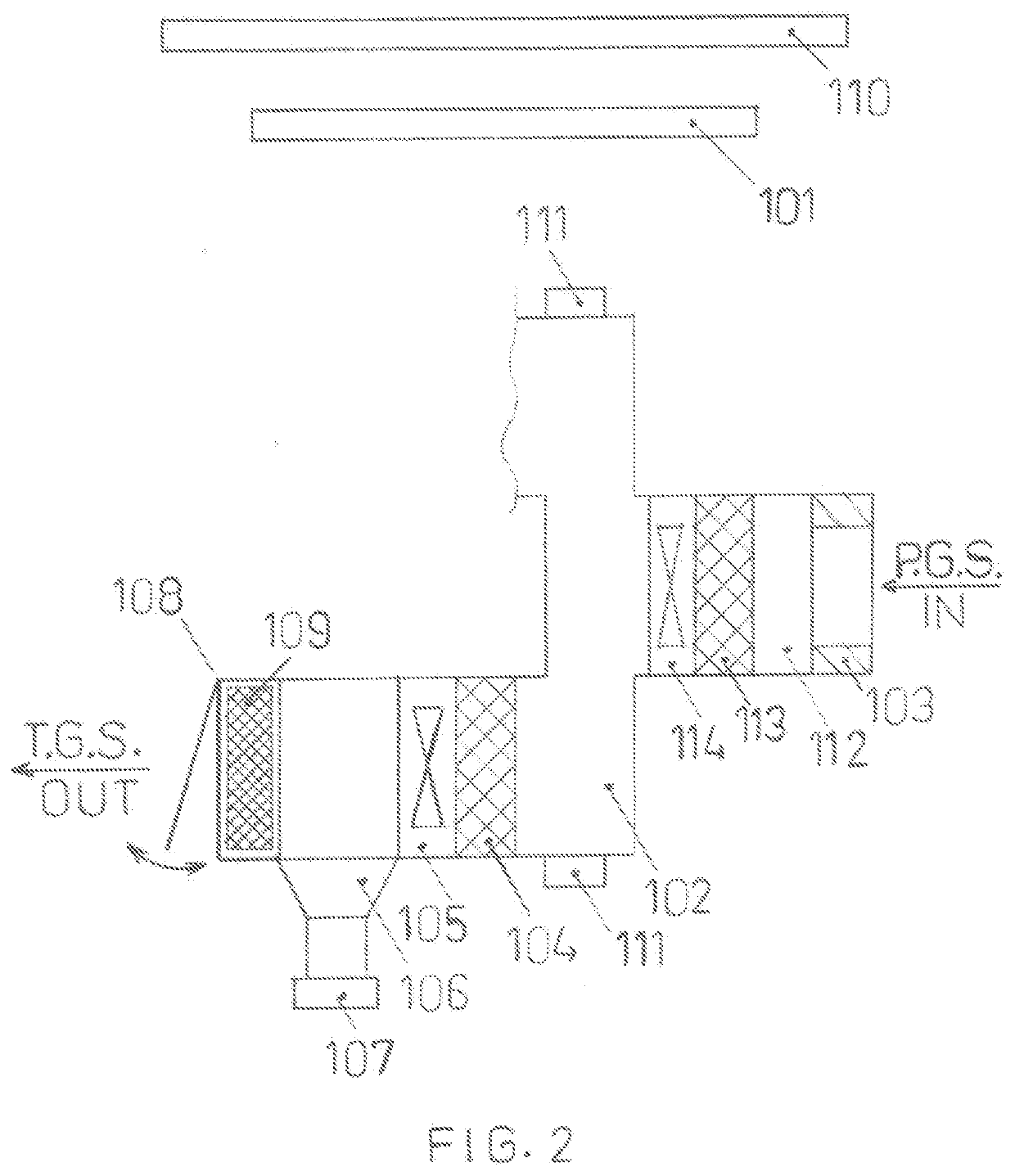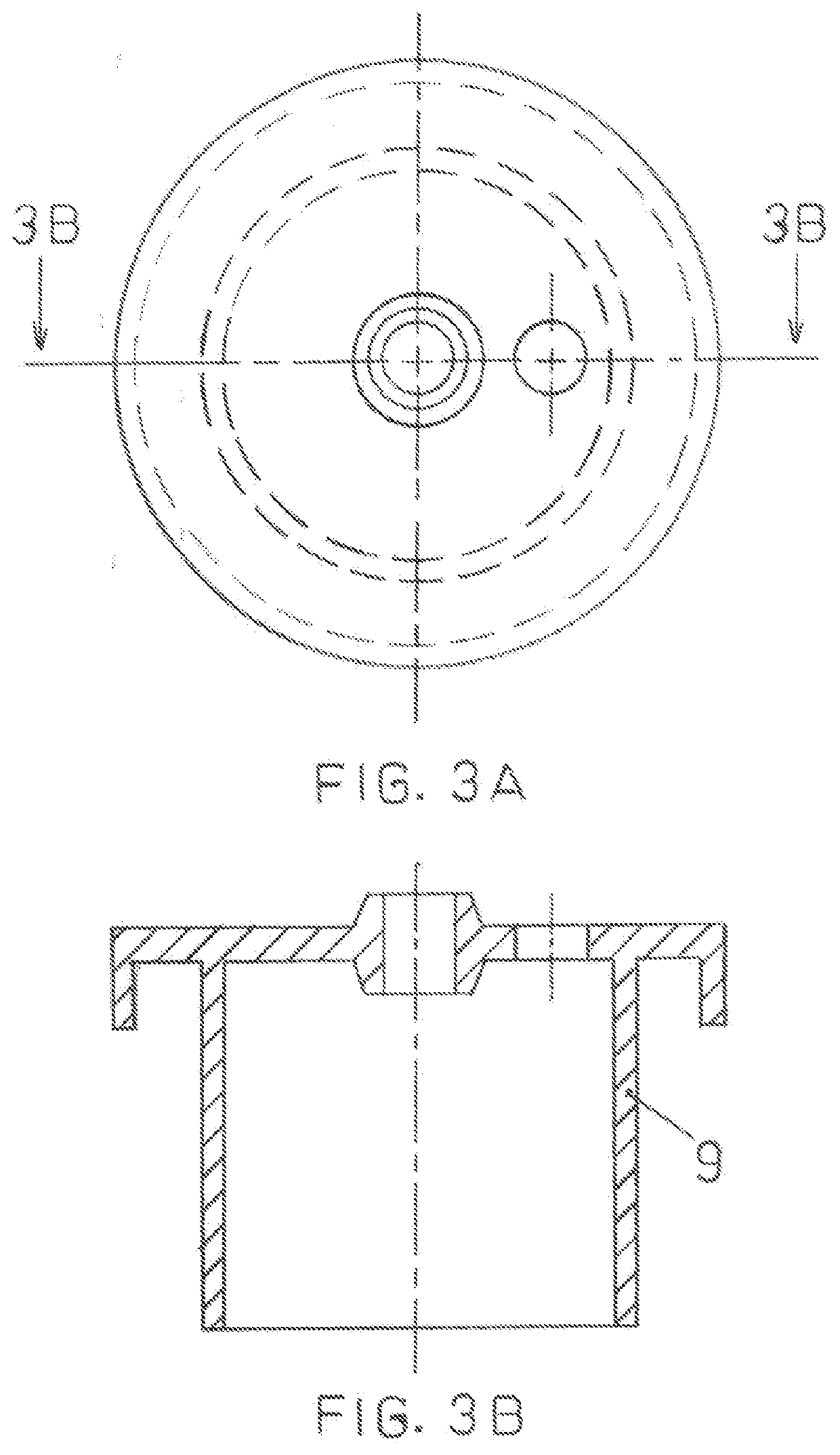The secondary
recovery of
petroleum, described above, indicates that the use of
carbon dioxide for injection into geological reservoirs or absorption of
carbon dioxide by hydrocarbons have been discussed in the past, however, only as a means of improving oil
recovery from geologic
hydrocarbon reservoirs and with no considerations regarding achieving a net carbon dioxide reduction as a result of preparing the injection fluid or the injection process itself.
The secondary
recovery of oil from a subterranean formation, described above, indicates that the use of carbon dioxide for injection into geological reservoirs has been discussed in the past, however, only as a means of improving oil recovery from geologic
hydrocarbon reservoirs and with no considerations regarding achieving a net carbon dioxide reduction as a result of the injection process itself.
The combination methods involving the making of gaseous carbon dioxide and its use in
crude oil recovery, described above, indicates that the use of carbon dioxide for injection into geological
hydrocarbon reservoirs or absorption of carbon dioxide by hydrocarbons and the reduction of the
viscosity of the hydrocarbon oil as a result of absorbing carbon dioxide have been discussed in the past, however, only as a means of improving oil recovery from geologic hydrocarbon reservoirs and with no considerations regarding achieving a net carbon dioxide reduction associate with the injection process itself.
The method for
enhanced oil recovery, described above, indicates that the use of carbon dioxide for injection into geological hydrocarbon reservoirs for improving oil recovery or mixing carbon dioxide with oil have been discussed in the past, however, only as a means of improving oil recovery from geologic hydrocarbon reservoirs and with no considerations regarding achieving a net carbon dioxide reduction associate with all aspects of the process of injecting carbon dioxide into the oil reservoirs.
The carbon dioxide stimulated oil recovery process, described above, indicates that the use of carbon dioxide for injection into geological hydrocarbon reservoirs for improving oil recovery or
dissolution of carbon dioxide in the
crude oil have been discussed in the past, however, only as means of improving oil recovery from geologic hydrocarbon reservoirs and with no considerations regarding achieving a net carbon dioxide reduction associate with all aspects of the process of injecting carbon dioxide into the oil reservoirs.
The electrostatic
air cleaner, described above, utilizes multiple electrical components, and therefore, it requires use of significant amount of
electricity.
Therefore, even though the electrostatic
air cleaner might be capable to clean air from
particulates to some extent, its operation is still associated with polluting the atmospheric air with carbon dioxide.
The exhaust
air cleaning apparatus and image forming apparatus, described above, is intended for use with an image forming apparatus such as a copier, a printer, or a
facsimile machine that generates various by-products during
image formation; such apparatus is not capable of removing particulate polluting substances from atmospheric air or from a conduit that carries
combustion products.
The apparatus is not also capable of removing carbon dioxide from the atmospheric air or the
combustion products.
Therefore, even though the
ion filtration air cleaner might be capable to clean air from
particulates to some extent, its operation is still associated with polluting the atmospheric air with carbon dioxide.
Therefore, even though the
dust collector,
dust collection system, and dust collection method might be capable to clean air from
particulates to some extent, its operation requires the use of spraying water and is still associated with polluting the atmospheric air with significant amount of carbon dioxide.
Therefore, even though the
air cleaning device might capture charged particulates to some extent, its use is associated with a significant amount of
electricity and thus the function of the
air cleaning device contributes to increasing the level of atmospheric carbon dioxide since a large portion of
electric power is still generated by burning fossil fuels.
However, all of these methods and devices have one or multiple deficiencies with regards to utilizing fans or other compression equipment thus producing CO2 associated with implementation of the process itself, having potential for both small scale and large scale applications, utilizing simple process or equipment or design or methodology, capability of capturing a diverse types of polluting substances, the amount of electrical or mechanical or
thermal energy required for the device to function, capability to capture CO2 from a variety of sources such as CO2 in
combustion products that flows in a
chimney or stack or vehicle's
exhaust pipe, CO2 produced within buildings or plants or facilities as well as capturing the atmospheric CO2, capability to be incorporated in existing buildings or plants or facilities with minimum required remedial work or changes in the design of the existing buildings or plants or facilities, and capability of capturing particulate polluting substances as well as CO2 and other gaseous polluting substances from a body of polluted gaseous substance.
Also, the methods and devices that are reviled in the prior art do not offer a possibility for individual members of the public communities to contribute to the capturing or storing activities with regards to the CO2 and thus it is unlikely that such methods or devices can lead to achieving positive results in capturing or storing CO2 with no net reduction of CO2 in the process.
 Login to View More
Login to View More 


